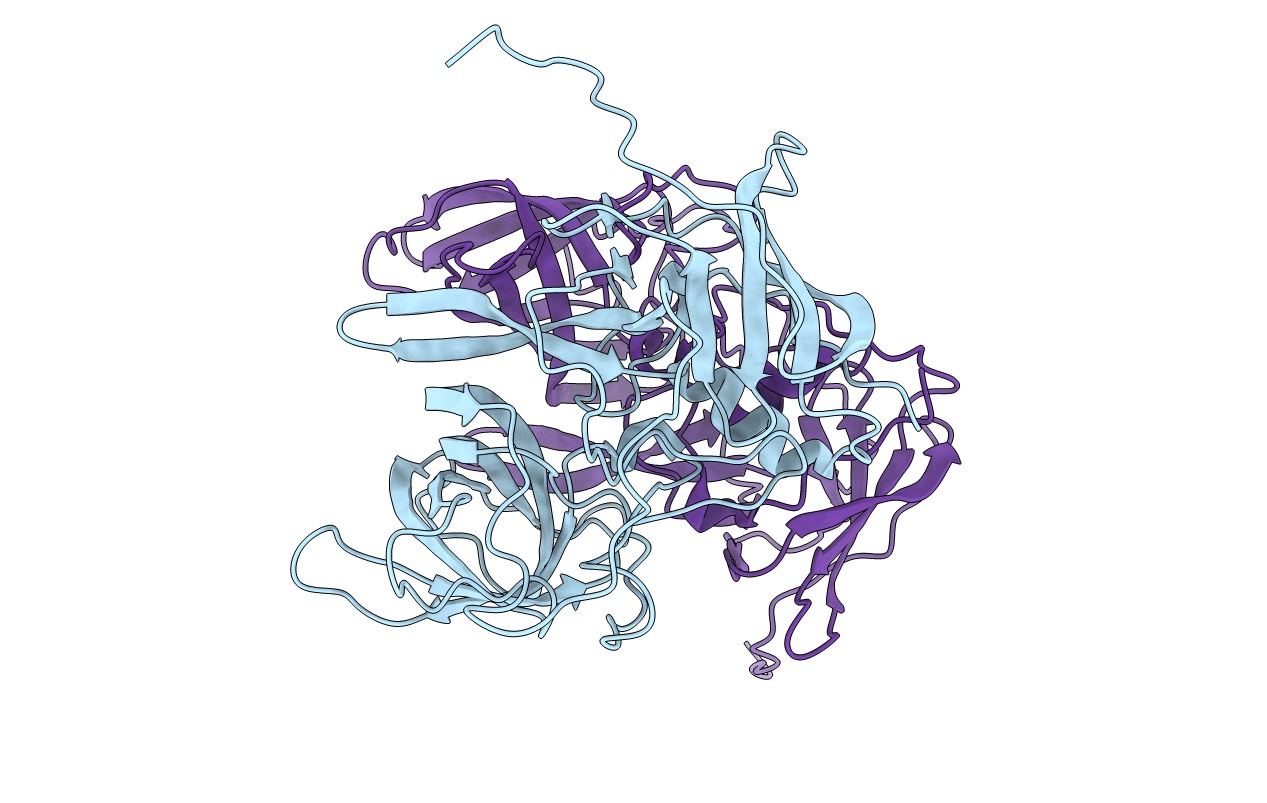
Deposition Date
2010-02-08
Release Date
2010-04-21
Last Version Date
2023-09-06
Entry Detail
PDB ID:
3LQ6
Keywords:
Title:
Crystal Structure of Murine Norovirus Protruding (P) Domain
Biological Source:
Source Organism:
Murine norovirus 1 (Taxon ID: 223997)
Host Organism:
Method Details:
Experimental Method:
Resolution:
2.00 Å
R-Value Free:
0.24
R-Value Work:
0.18
R-Value Observed:
0.19
Space Group:
P 1 21 1


